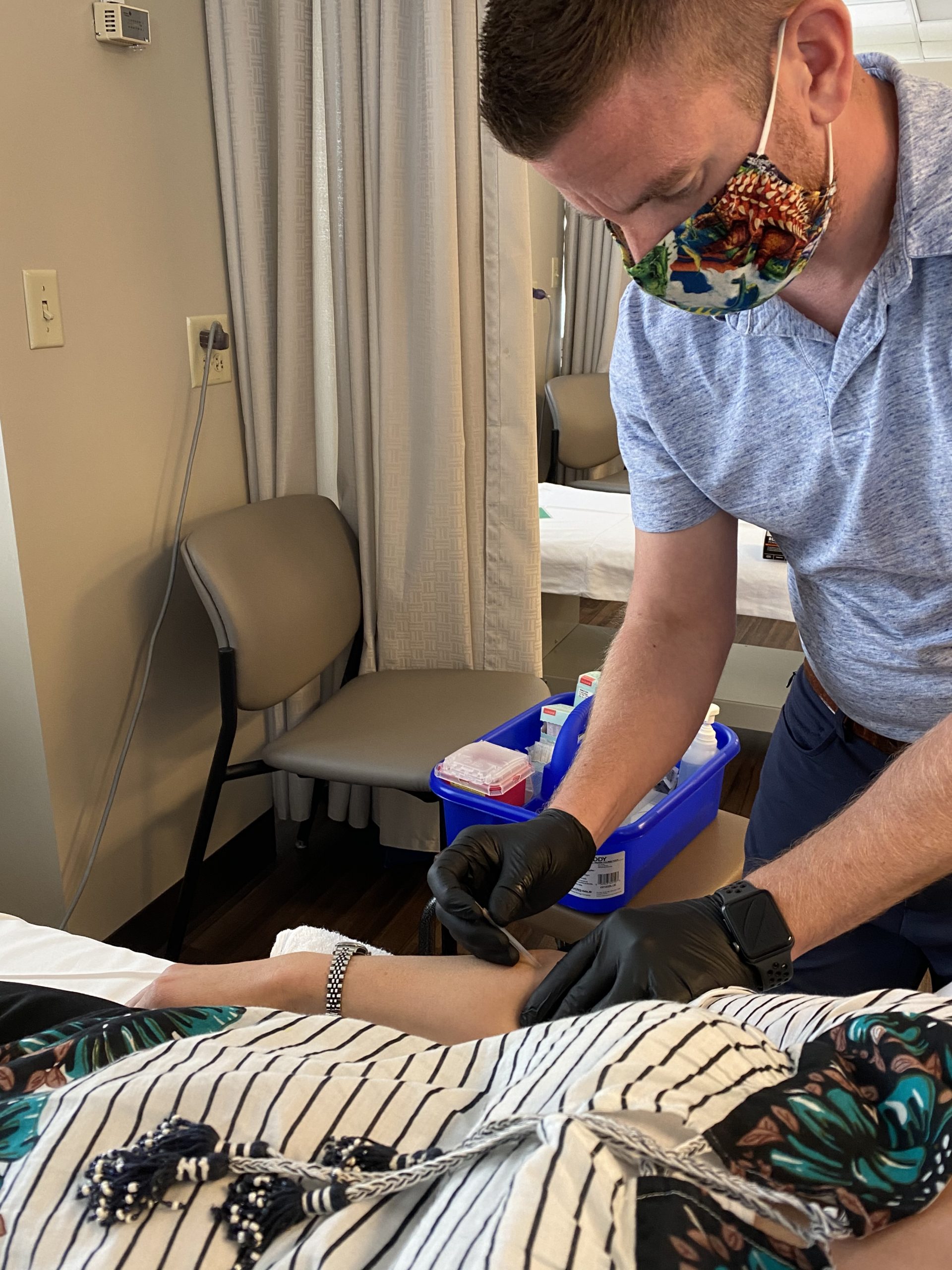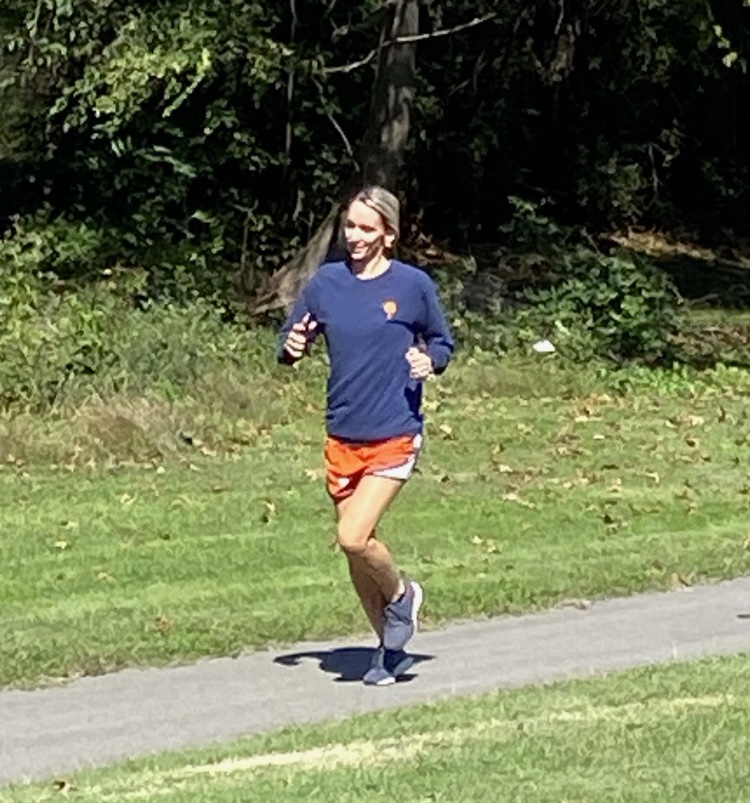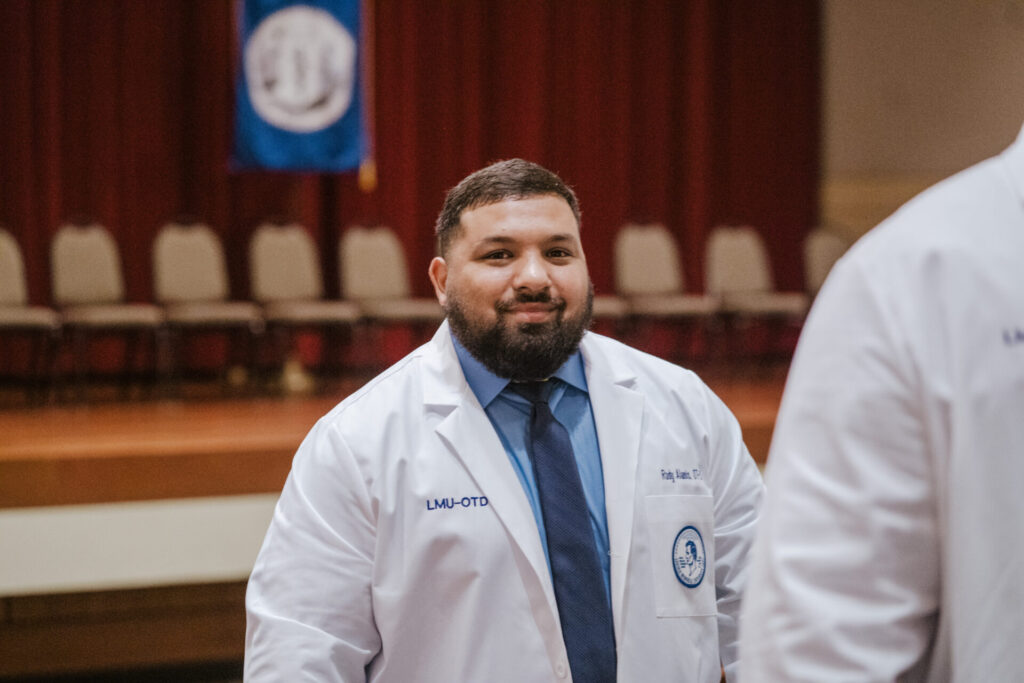- Find a DoctorDoctors by Specialty
- Cardiac Electrophysiology
- Cardiology
- Colon & Rectal Surgery
- Family Medicine
- Gastroenterology
- General & Vascular Surgery
- Gynecological Oncology
- Gynecology
- Infectious Disease
- Internal Medicine
- Interventional Cardiology
- Interventional Radiology
- Nephrology
- Neurology
- Neurosurgery
- Obstetrics & Gynecology
- Oncology
- Oncology & Hematology
- Orthopedic Surgery
- Otolaryngology
- Perinatology
- Psychiatry
- Pulmonary Medicine
- Radiation Oncology
- Rheumatology
- Sleep Medicine
- Thoracic Surgery
- Urology
- View All Doctors
- Our ServicesMedical Services
- Bariatric Services
- Behavioral & Mental Health
- Breast Care
- Cancer Care
- Critical Care
- Ear, Nose, & Throat
- Emergency Services
- Gastroenterology
- Glossary
- Heart Care
- Home Care
- Hospice & Palliative Care
- Imaging & Diagnostics
- Long-Term Care
- Nephrology
- Orthopedics
- Primary Care
- Rehabilitation Therapies
- Robotic-Assisted Surgery
- Sleep Services
- Spine Care
- Stroke Care
- Surgery Services
- Telehealth Services
- Urology
- Urgent Care
- Virtual Urgent Care
- Women’s Services
- Wound Care
- Our Locations
- Patients & Visitors
- About Us
Dry needling helps physical therapist recover after hip surgery
 Sometimes we forget that healthcare professionals can get sick or hurt, too. Healthcare personnel who undergo surgery or are recovering from injury need physical therapy to heal, just like anyone else. Fortunately, quality care is available at Covenant Health Therapy Centers, with locations across East Tennessee.
Sometimes we forget that healthcare professionals can get sick or hurt, too. Healthcare personnel who undergo surgery or are recovering from injury need physical therapy to heal, just like anyone else. Fortunately, quality care is available at Covenant Health Therapy Centers, with locations across East Tennessee.
Margaret Keele, DPT, GCS, CSRS, CEEAA, has worked for 10 years as a physical therapist at Covenant Therapy Center
– West Knoxville. An avid runner, Keele was experiencing pain in her right hip last summer, which was exacerbated with exercise. An MRI in November 2019 confirmed her pain was caused by a labrum tear.
The labrum is the cartilage that allows the ball and socket of the hip joint to operate smoothly during activity. When it becomes damaged, movement can be uncomfortable or cause pain.
Keele underwent surgery at Fort Sanders Regional Medical Center in January 2020 to repair the tear in her labrum. She was on crutches for three and a half weeks and was released to run again in spring 2020, after undergoing physical therapy to strengthen her hip.
The (Physical) Therapist Becomes the Patient
Keele is a neurological physical therapist who is board-certified in geriatrics and works with patients with neurological symptoms, such as those recovering from stroke or managing symptoms of Parkinson’s disease. She is on her feet for most of the day, assisting people with motor skills and mobility.
Keele’s active job and lifestyle meant she needed to get back on her feet sooner rather than later. After her surgery, she started running again, but would get cramps around the second mile. She noticed consistent tightness and cramping despite stretching regularly.
Keele consulted with Paul Yau, MD, her orthopedic surgeon at Fort Sanders Regional, who agreed she should try a technique called dry needling. After her first session, Keele noticed the difference in how her hip area felt.
Dry Needling
Dry needling is a technique physical therapists use to treat pain and movement. It uses a small, solid needle, called a “dry” needle because no medications or fluid are introduced into the tissue. Despite the word “needle” in the title, Keele says it’s nothing to be scared of. “It doesn’t really hurt, and actually feels good when it’s over. It’s quick, and I felt better in three sessions.”
 At Covenant Health Therapy Center – Downtown, a department of Fort Sanders Regional Medical Center, therapist Logan Pendergrass, PT, DPT, Cert. MDT, treats patients like Keele with dry needling. He explains that in Keele’s case, the pain was from the muscle overcompensating for the tear, where it had become weak. “As we release a muscle’s trigger points, and the patient continues strengthening otherwise with PT and stretching, the leg gets stronger and is able to move like it should. The muscles no longer needs to compensate, which is why she gained strength and the pain decreased after only three sessions.”
At Covenant Health Therapy Center – Downtown, a department of Fort Sanders Regional Medical Center, therapist Logan Pendergrass, PT, DPT, Cert. MDT, treats patients like Keele with dry needling. He explains that in Keele’s case, the pain was from the muscle overcompensating for the tear, where it had become weak. “As we release a muscle’s trigger points, and the patient continues strengthening otherwise with PT and stretching, the leg gets stronger and is able to move like it should. The muscles no longer needs to compensate, which is why she gained strength and the pain decreased after only three sessions.”
Pendergrass emphasizes the treatment is never stand-alone, but rather one of many tools used to help people restore strength in their joints and muscles.
Keele no longer has problems or pain in her hip and can do activities both at work and play. She is back to running five miles at a time with no issues.
A Good Experience
Overall, she said her experience with Fort Sanders Regional was excellent, both for her surgery and her dry needling therapy. Keele reflects, “Having worked as a physical therapist, I had acute awareness of what I needed to be doing. I think it also helped me as a therapist having been in that position. I know how it feels to be in my patient’s shoes.”
Fort Sanders Therapy Center is open Monday through Friday with early morning and late-day appointments available. For more information, call (865) 331-1300 or visit CovenantHealth.com/Covenant-Therapy-Center-Downtown.

























